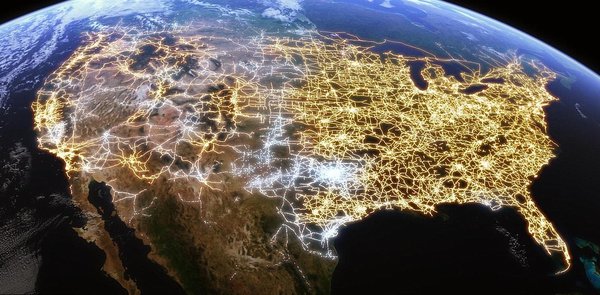
Breaking News
 Mirrored concrete for cheap solar energy
Mirrored concrete for cheap solar energy
 All Government Is Dictatorial Because All Government Is Totalitarian
All Government Is Dictatorial Because All Government Is Totalitarian
 Putin Says He's Ready for Peace
Putin Says He's Ready for Peace
 Medicaid Fraud in Minnesota at least $9 Billion Since 2018
Medicaid Fraud in Minnesota at least $9 Billion Since 2018
Top Tech News
 Perfect Aircrete, Kitchen Ingredients.
Perfect Aircrete, Kitchen Ingredients.
 Futuristic pixel-raising display lets you feel what's onscreen
Futuristic pixel-raising display lets you feel what's onscreen
 Cutting-Edge Facility Generates Pure Water and Hydrogen Fuel from Seawater for Mere Pennies
Cutting-Edge Facility Generates Pure Water and Hydrogen Fuel from Seawater for Mere Pennies
 This tiny dev board is packed with features for ambitious makers
This tiny dev board is packed with features for ambitious makers
 Scientists Discover Gel to Regrow Tooth Enamel
Scientists Discover Gel to Regrow Tooth Enamel
 Vitamin C and Dandelion Root Killing Cancer Cells -- as Former CDC Director Calls for COVID-19...
Vitamin C and Dandelion Root Killing Cancer Cells -- as Former CDC Director Calls for COVID-19...
 Galactic Brain: US firm plans space-based data centers, power grid to challenge China
Galactic Brain: US firm plans space-based data centers, power grid to challenge China
 A microbial cleanup for glyphosate just earned a patent. Here's why that matters
A microbial cleanup for glyphosate just earned a patent. Here's why that matters
 Japan Breaks Internet Speed Record with 5 Million Times Faster Data Transfer
Japan Breaks Internet Speed Record with 5 Million Times Faster Data Transfer
Experts Warning About U.S. Power Grid Is At Risk Of Catastrophic Failure

The outages also tend to be localized and repairs happen quickly or power is "borrowed" from a nearby utility or network and rerouted to the affected area. The experience is usually a frustrating inconvenience and most hospitals and critical systems have backup power to get through the outage.
But what if…?
What If The National Grid Fails?
It's never happened in the United States, but some countries have had widespread power outages affecting most of their territory. Russia's cyber attack on Ukraine's grid in 2015 knocked about 60 substations offline, leaving 230,000 people in the dark. It was an ominous threat, but once again, the outage only lasted 1 to 6 hours.
It seems like most power outages, regardless of the extent, have a short duration and are only an inconvenience. But there's a problem.
Crumbling Infrastructure
It may be an over-statement to refer to the U.S. power grid as crumbling, but in many parts of the country that's exactly the case. The North American power grid is old.
The original design was engineered to only last 50 years with the assumption that future generations would upgrade and improve the system. That has rarely happened unless a system or station has a significant failure, and even then the fix falls in the category of repairs, not replacement.
As a result, there are parts of the North American grid that are about 100 years old. In a study done by the American Society of Engineers the power grid was graded D+ for reliability. It's troubling to think that a system so critical to our survival is in the range of a failing grade. Worse, some estimates put a critical repair to the North American grid at $5 trillion dollars!
The Failure of Complex Systems
The North American Power grid may be one of the most complex systems on Earth. And it's important to note that the power grid is just not about the U.S.
The grid stretches across the U.S. and up into Canada powering and ultimately affecting all of North America.

 Advanced Propulsion Resources Part 1 of 2
Advanced Propulsion Resources Part 1 of 2

